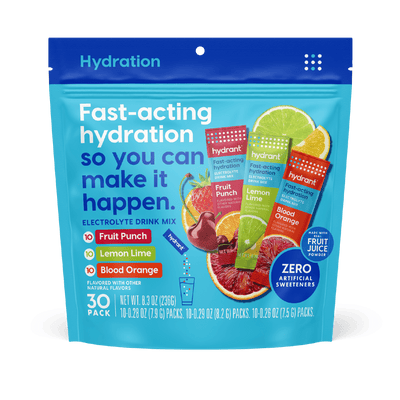Training for a 5k race is hard. Hard on your body, your mind, and your diet. To perform well as a long distance runner you need stamina and commitment on and off the course. Runners need to know how to properly replace fluids and glycogen, how to push through blisters, heat, and soreness, and how to ignore overwhelming feelings of fatigue.
In training and in racing, your stamina will be tested: the only way to get through training and across the finish line is hours and hours of practice.
Here’s how to best prepare body and mind for the most effective 5k training routines
1. Finding the Perfect Running Gear

You want to maximize your comfort levels (or minimize your discomfort) while running. Go out and try on several different pairs of running sneakers at a local shoe store. Popular brands include Nike, Adidas, Asics, New Balance, and Brooks. Don’t forget to buy running socks as well. They’re just as important so that you won’t blister up immediately during the race. If you like listening to music, get Bluetooth headphones so the wires won’t get in your way. For those who like running at dawn or dusk, it’s also a good idea to buy reflective running clothing so that cars can see you.
2. Establish a Pre-Run and Post-Run Routine

Like any type of race or athletic competition, long distance running should come with a warmup, or a pre-run routine. Dynamic stretching, which involve moving while stretching, is the preferred way to get your blood flowing. (Warmup stretches are different from static stretching, which can be done after the run.) Try walking lunges, butt kicks, hip openers, arm circles, and high knees for 5-10 minutes. Make sure you hydrate before and apart of your warmup routine, since your fluid levels will quickly begin to deplete, especially if it’s hot outside. Electrolyte-infused sports drinks can be saved for during or after the run to restore your salt levels, in addition to protein-packed meals.
3. Training

This is where you need dedication and focus. You can choose to start training several months in advance, or only several weeks in advance of the race. While there are many programs for 5k races, we found this one to be clear and doable. That page covers the regimen quite well, but here’s the quick take: if you’re beginner runner, don’t worry about speed. Duration is more important. Focus on building up your mileage slowly overtime, and your muscles, energy levels, and mental endurance will all improve. Aim to practice on routes with hills to strengthen muscle power in your legs.
Many runners often wonder whether they’re going too fast or too slow. A good rule of thumb is to watch your breathing. If you’re gasping for air and unable to talk, you’re going too fast. Being able to talk in between breaths is a good sign that your pace is about right. At the end of your run, don’t just stop immediately. Slow to a walk for about 5 minutes to cool down.
4. On Race Day

Eat a meal packed with protein about 1-2 hours before running and drink 14-20 ounces of fluid 2-3 hours before. It’s only a 5k race, it’s extremely important to make sure your body is energized and hydrated. Warm up 30 minutes before the race starts with dynamic stretches and a light jog. Start out strong once the race starts, as research shows your time will improve if you come out of the gates faster. Look for volunteers handing out drinks and turn on the burners in the last few hundred meters. After you cross the finish line, congratulations! Cool down, stretch, rehydrate, and don’t forget to smile. Set your sights on the next 5k or even begin training for a 10k. Before long, you could be running your first marathon!
Training for a 5k can seem intimidating, but with the right tips and techniques, you’ll be up and running in no time. Without proper training, however, you might have to walk portions of it or only run at a slow jog. And no one wants to be one of those runners who takes shortcuts to keep up with the pack.
With only a couple months of prep, running a 5k at a respectable speed is easily achievable. Plus, training for a 5k is a great way to get in shape—research has proven that you feel more motivated, focused, and even exuberant after a run. You’ll even be able to brag about the 5k to your non-runner friends.
















